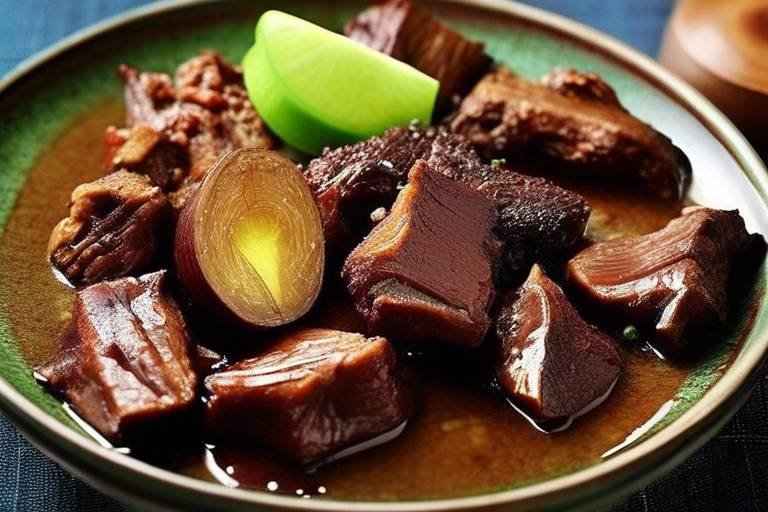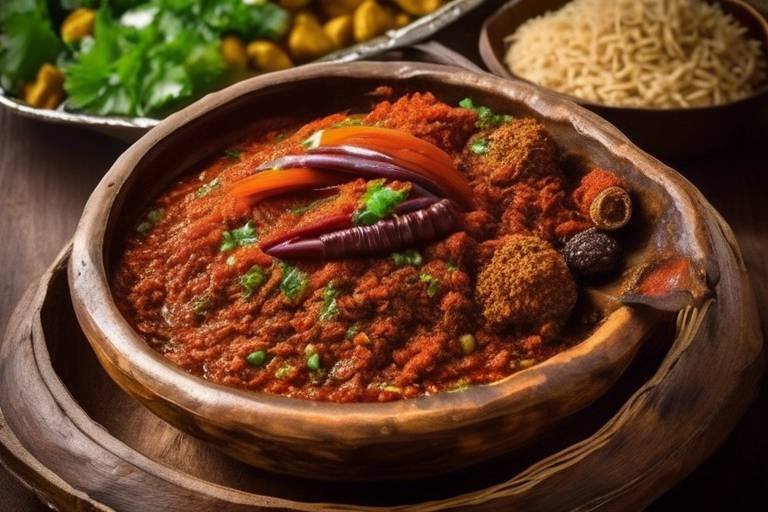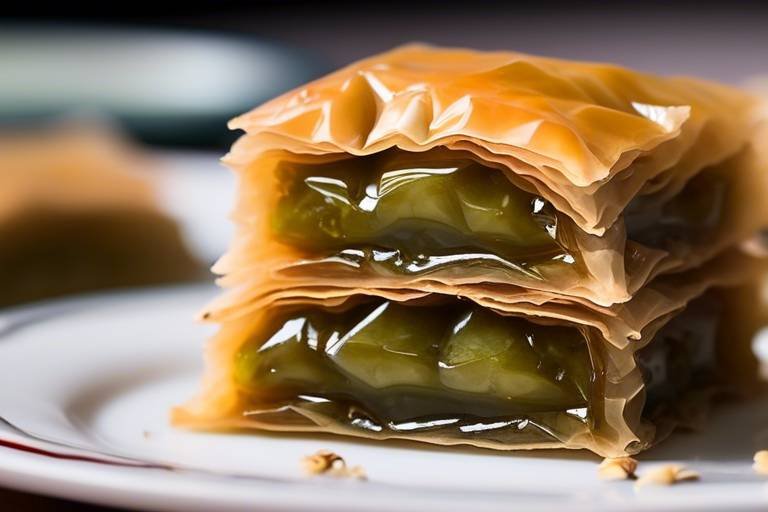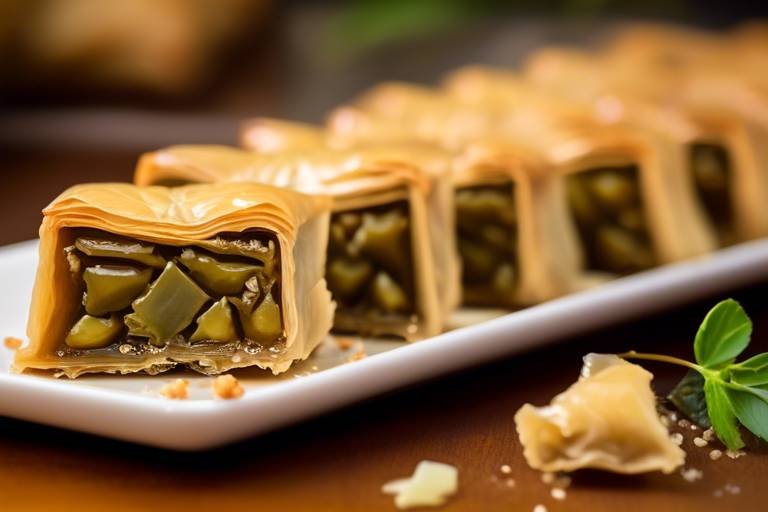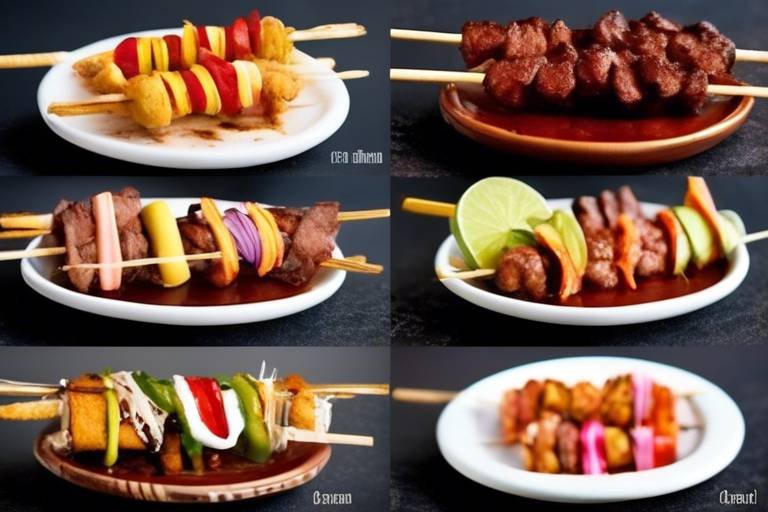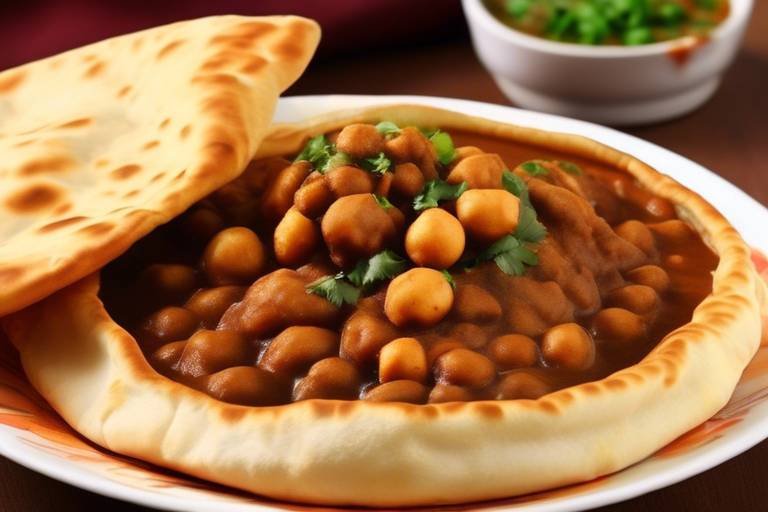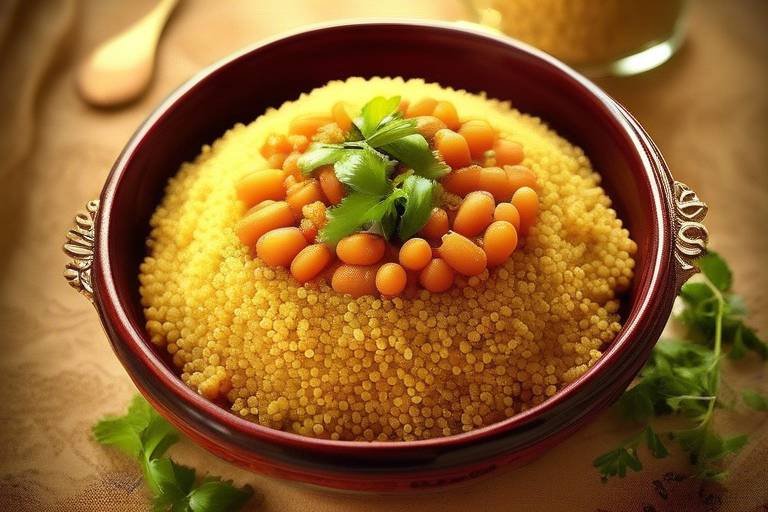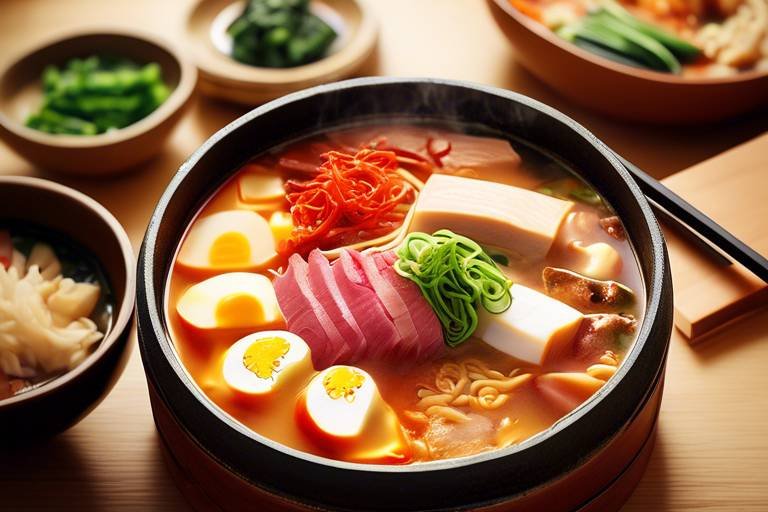How to Enjoy Authentic Vietnamese Pho
Are you ready to embark on a culinary journey to Vietnam without leaving your kitchen? Let's dive into the world of authentic Vietnamese Pho, a soul-warming noodle soup that captivates taste buds and hearts alike. Picture a steaming bowl filled with fragrant broth, silky noodles, and tender meat, topped with a vibrant array of fresh herbs and condiments. This iconic dish is not just food; it's an experience, a celebration of flavors and traditions.
Imagine the bustling streets of Hanoi or Ho Chi Minh City, where Pho vendors expertly ladle broth into bowls, creating a symphony of aromas that beckon passersby. Each spoonful tells a story of centuries-old recipes passed down through generations, a testament to Vietnam's rich culinary heritage. But fear not, you don't need a plane ticket to savor the magic of Pho; you can recreate this culinary masterpiece in your own home.
So, what makes authentic Vietnamese Pho so special? It's all about the harmonious blend of flavors and textures, meticulously crafted to tantalize your taste buds. The key lies in the broth, simmered to perfection with a medley of spices like star anise, cinnamon, and cloves, infusing every drop with warmth and depth. Pair that with delicate rice noodles, your choice of protein, and a bounty of fresh herbs like Thai basil, cilantro, and bean sprouts, and you have a symphony of flavors in a single bowl.
When it comes to enjoying Pho, there are no rules, only traditions. Embrace the art of customization by adding a squeeze of lime for a citrusy zing, a dash of hoisin sauce for sweetness, or a kick of chili for heat. Experiment with different herb combinations to find your perfect balance of freshness and aroma. And don't forget the essential Pho etiquette – slurp those noodles with gusto, a sign of appreciation in Vietnamese culture.
Whether you're a Pho aficionado or a first-time adventurer, this beloved dish promises a culinary experience like no other. So, gather your ingredients, set the stage with fragrant spices, and let the magic of authentic Vietnamese Pho transport you to the bustling streets of Vietnam, one spoonful at a time.
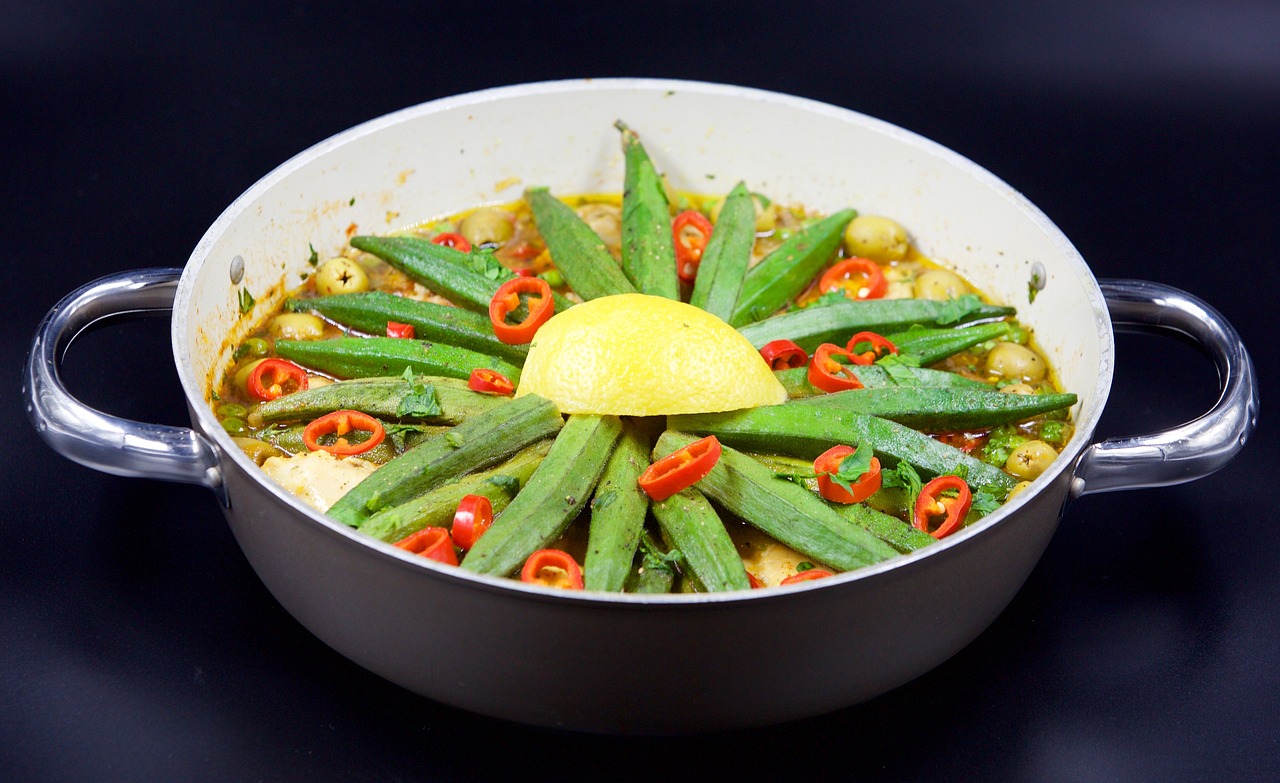
History of Pho
The history of Pho is a fascinating journey that dates back to the early 20th century in North Vietnam. Originally a humble street food enjoyed by laborers and workers, Pho has since risen to global fame as a beloved noodle soup dish. Its roots in Vietnamese culture run deep, with each bowl telling a story of tradition and heritage.
Legend has it that Pho was influenced by both Chinese and French culinary traditions, blending fragrant spices and herbs with French colonial ingredients. Over time, this fusion of flavors evolved into the iconic dish we know today. The word "Pho" itself is believed to have originated from the French dish "pot-au-feu," reflecting the interplay of cultures in Vietnamese cuisine.
As Pho gained popularity within Vietnam, it also spread beyond its borders, captivating the taste buds of food enthusiasts around the world. Its rise to culinary stardom is a testament to the rich history and cultural significance of this simple yet complex soup.
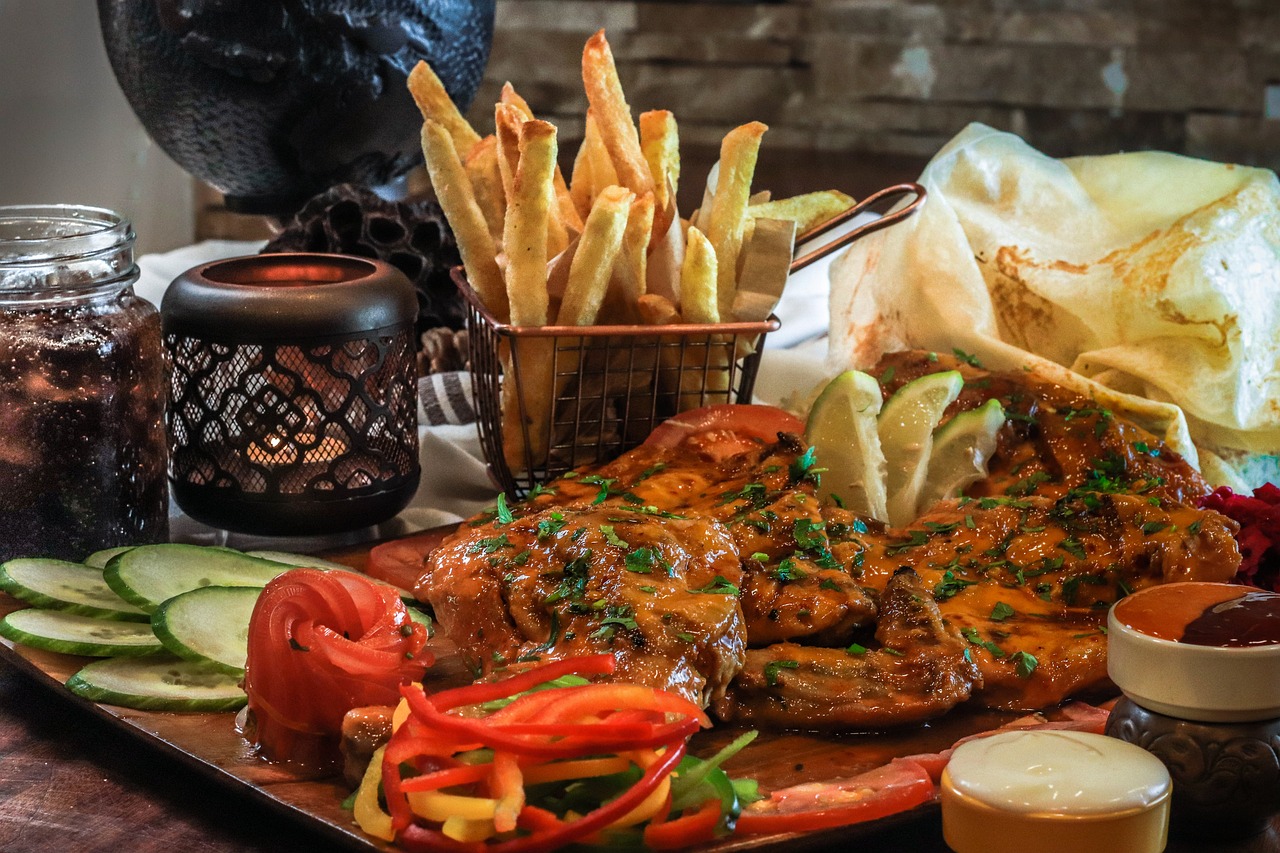
Key Ingredients
When it comes to creating a bowl of authentic Vietnamese Pho, the key ingredients play a crucial role in defining the dish's rich and complex flavors. At the heart of every steaming bowl of Pho is the fragrant broth, simmered to perfection with a blend of spices and aromatics that create a savory base for the dish. The delicate rice noodles, known for their silky texture, provide the comforting carb element that complements the broth seamlessly.
One of the essential components of Pho is the tender meat, typically either beef (Pho Bo) or chicken (Pho Ga), which adds a protein-packed element to the dish. The meat is thinly sliced and cooked to perfection, ensuring a melt-in-your-mouth experience with every bite. Additionally, the abundance of fresh herbs and condiments, such as Thai basil, cilantro, bean sprouts, lime, and chili peppers, not only enhance the flavors but also add a refreshing and aromatic touch to the overall dish.
Each ingredient in Pho plays a significant role in creating a harmonious balance of flavors and textures that make this dish a true culinary masterpiece. The interplay between the savory broth, tender meat, delicate noodles, and vibrant herbs results in a symphony of tastes that captivate the palate and leave a lasting impression.

Preparation Techniques
Preparing a steaming bowl of authentic Vietnamese Pho is a labor of love, requiring time, patience, and attention to detail. The process begins with the broth, the soul of Pho, which is traditionally made by simmering beef or chicken bones with aromatic spices like star anise, cinnamon, and cloves for several hours. This slow cooking method extracts all the flavors and nutrients, resulting in a rich and fragrant base.
Once the broth reaches its full potential, it's time to assemble the bowl. Cooked rice noodles are placed at the bottom, followed by thinly sliced raw beef or chicken, which cooks in the hot broth. The key is to pour the steaming broth over the meat, allowing it to cook to perfection.
Next comes the toppings and condiments, which add layers of flavor and texture to the dish. Fresh herbs like Thai basil, cilantro, and mint, along with bean sprouts, lime wedges, and sliced chili peppers, are commonly served on the side. Diners can customize their Pho by adding these elements according to their preferences.
One crucial aspect of Pho preparation is the balance of flavors. The broth should be savory, slightly sweet, and aromatic, while the toppings provide freshness and contrast. Achieving this harmony requires skill and practice, as each component plays a vital role in creating a harmonious bowl of Pho.
To truly appreciate the art of Pho preparation, one must understand the care and precision that goes into each step. From the simmering of the broth to the garnishing of the bowl, every action is deliberate and contributes to the overall dining experience. It's not just a meal; it's a culinary journey that engages all the senses.

Regional Variations
When it comes to Pho, the regional variations across Vietnam offer a diverse and flavorful experience for food enthusiasts. Each region boasts its own unique take on this beloved noodle soup, reflecting the local culinary traditions and preferences.
In the southern regions of Vietnam, Pho Tai reigns supreme, featuring thinly sliced rare beef that cooks in the steaming hot broth. The richness of the beef pairs harmoniously with the fragrant broth, creating a symphony of flavors that is both comforting and satisfying.
On the other hand, in the northern parts of the country, Pho Ga takes the spotlight with its tender chicken slices adorning the bowl. The lighter broth, infused with delicate chicken essence, offers a refreshing alternative to the heartier beef-based Pho found in the south.
Central Vietnam introduces its own twist to Pho with variations like Pho Bo Hue, known for its spicy and robust broth that packs a punch of flavors. The addition of spicy chili and lemongrass elevates the dish to a whole new level, appealing to those who crave a bit of heat in their culinary adventures.
Exploring the regional variations of Pho in Vietnam is akin to embarking on a culinary journey through the country's diverse landscapes and cultural tapestry. Each bowl tells a story of tradition, innovation, and the art of crafting a dish that transcends borders and unites food lovers worldwide.

Pho Etiquette
When it comes to enjoying a bowl of authentic Vietnamese Pho, there are certain etiquette rules to keep in mind. is a blend of tradition, respect for the dish, and practicality. To truly savor this iconic noodle soup, it's essential to understand the cultural customs associated with it.
One key aspect of Pho etiquette is the way you garnish your bowl. Fresh herbs, bean sprouts, lime wedges, and chili slices are commonly provided as condiments. These additions are meant to enhance the flavors of the dish, so feel free to experiment with different combinations to find your perfect mix.
Another important rule to remember is how to handle your chopsticks and soup spoon. Use your chopsticks to pick up noodles and meat, while the spoon is used to sip the broth. It's perfectly acceptable to lift the bowl to your mouth to drink the remaining liquid once you've finished most of the contents.
Slurping your noodles may seem impolite in some cultures, but in Vietnam, it's a sign of appreciation for the chef and enjoyment of the meal. The act of slurping is believed to enhance the flavors and aroma of the Pho, so don't be shy about making some noise while you eat.
When dining in Vietnam, it's common to see locals enjoying their Pho in a communal setting. Sharing a table with strangers is not unusual, and it's a great opportunity to observe and learn from the locals about the proper way to eat Pho. Embrace the social aspect of dining and don't be afraid to engage with your tablemates.
Lastly, remember that Pho is meant to be enjoyed slowly and savored. Take your time with each spoonful, allowing the flavors to mingle on your palate. Whether you're dining in a bustling street-side eatery in Hanoi or preparing Pho at home, following these etiquette guidelines will enhance your overall experience of this beloved Vietnamese dish.

Health Benefits
When it comes to , Vietnamese Pho is not just a delicious bowl of noodles; it also packs a nutritious punch. The broth is the heart of Pho, simmered for hours with a mix of spices and bones to create a flavorful base that is not only comforting but also rich in nutrients. This nourishing broth is often filled with essential vitamins and minerals, making it a great choice for those looking to boost their immune system and overall well-being.
Moreover, Pho is typically served with lean cuts of meat, such as beef or chicken, adding a good dose of protein to the dish. Protein is essential for muscle repair and growth, making Pho a satisfying and balanced meal option. Additionally, the abundance of fresh herbs and vegetables used as garnishes in Pho not only enhance the flavor but also contribute to its nutritional value.
For those watching their caloric intake, Pho can be a light and filling choice. The combination of broth, noodles, and protein provides a well-rounded meal without being overly heavy. This makes Pho a popular option for individuals looking to enjoy a flavorful dish without the guilt of consuming excessive calories.
Furthermore, the warmth of a steaming bowl of Pho can be soothing and comforting, especially during colder months or when feeling under the weather. The aromatic broth and herbs used in Pho are not only appetizing but also have calming properties, making it a dish that nourishes both the body and soul.
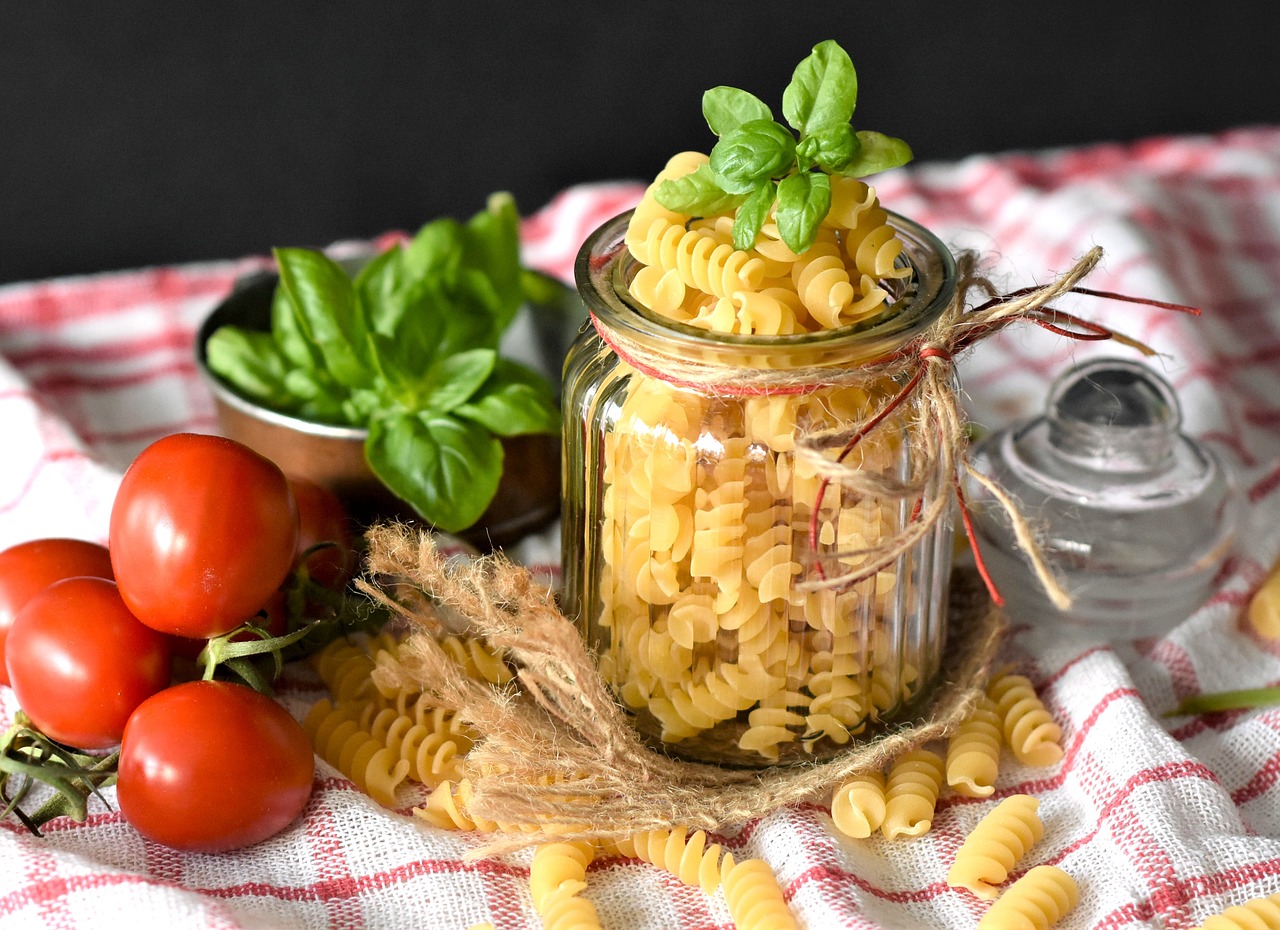
Pho Around the World
When it comes to Pho, its influence extends far beyond the borders of Vietnam. This iconic noodle soup has captured the hearts and taste buds of people around the world, leading to its widespread popularity and adaptation in various countries. From bustling street stalls in Hanoi to trendy restaurants in New York City, Pho has become a global culinary phenomenon, transcending cultural boundaries and winning over food enthusiasts everywhere.
Each country that embraces Pho adds its own unique touch to the traditional dish, creating a fusion of flavors that reflects local tastes and ingredients. In the United States, for example, Pho has become a beloved comfort food, offering a warm and comforting bowl of goodness on chilly days. In Australia, Pho is enjoyed with a side of fresh lime and chili, adding a zesty kick to the already flavorful broth.
Pho's journey around the world has not only introduced this Vietnamese treasure to new audiences but has also sparked creativity and innovation in the culinary scene. Chefs and home cooks alike have experimented with different variations of Pho, incorporating local produce and culinary techniques to put a unique spin on the classic recipe. Whether it's a vegan twist in California or a seafood-infused broth in Japan, the possibilities are endless when it comes to Pho.

Making Pho at Home
Are you craving a steaming bowl of authentic Vietnamese Pho but can't make it to a restaurant? Don't worry, you can bring the flavors of Vietnam into your own kitchen by making Pho at home. While it may seem like a complex dish to prepare, with a few tips and tricks, you can enjoy a delicious bowl of Pho without leaving your house.
One of the essential components of Pho is the flavorful broth, which forms the foundation of this iconic dish. To achieve a rich and aromatic broth, you'll need to simmer beef or chicken bones for several hours. This slow cooking process allows the flavors to develop and infuse into the broth, creating a depth of taste that is characteristic of traditional Pho.
When it comes to assembling your bowl of Pho, precision is key. Start by cooking rice noodles until they are tender but still slightly chewy. Then, arrange thinly sliced beef or chicken on top of the noodles. Pour the hot broth over the meat and noodles, allowing the heat to cook the meat to perfection.
To customize your Pho to suit your taste preferences, consider adding an array of fresh herbs and condiments. Common garnishes include bean sprouts, Thai basil, cilantro, lime wedges, and sliced chili peppers. These toppings not only enhance the flavor of the dish but also add a pop of color and freshness to your bowl of Pho.
If you're looking to make Pho at home, but don't have all the traditional ingredients on hand, don't fret. You can easily substitute ingredients based on what you have available. For example, if you don't have beef bones for the broth, you can use chicken bones or even vegetable broth for a lighter alternative.
Experimenting with different ingredients and flavor combinations is part of the fun of making Pho at home. Whether you prefer a classic beef Pho or want to try a vegetarian version with tofu and mushrooms, the possibilities are endless. So, roll up your sleeves, gather your ingredients, and embark on a culinary adventure to create your own bowl of comforting Pho.
Frequently Asked Questions
- What is Pho?
Pho is a traditional Vietnamese noodle soup consisting of flavorful broth, rice noodles, meat (typically beef or chicken), and various fresh herbs and condiments. It is a beloved dish known for its complex flavors and comforting qualities.
- How is Pho pronounced?
Pho is pronounced as "fuh." The pronunciation may vary slightly depending on regional accents, but it is generally pronounced as a single syllable with a short, sharp sound.
- What are the key ingredients in Pho?
The key ingredients in Pho include a fragrant broth made by simmering bones for hours, rice noodles, tender meat (beef or chicken), and a variety of fresh herbs like basil, cilantro, and bean sprouts. These components come together to create the signature taste of Pho.
- Is Pho a healthy dish?
Pho is considered a nutritious meal choice due to its nourishing broth, lean protein, and abundance of fresh herbs. It is a balanced dish that provides essential nutrients and can be a wholesome option for those looking for a satisfying and healthy meal.
- How can I enjoy Pho like a local?
To enjoy Pho like a local, follow the cultural customs and etiquette associated with the dish. Garnish your bowl with fresh herbs and condiments, use chopsticks to pick up noodles, and don't be afraid to slurp the noodles with finesse. Embrace the experience and savor the flavors authentically.





